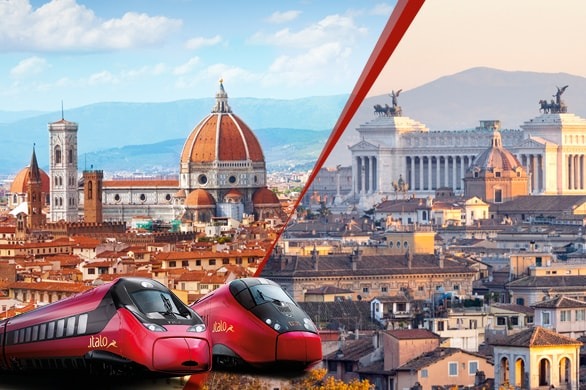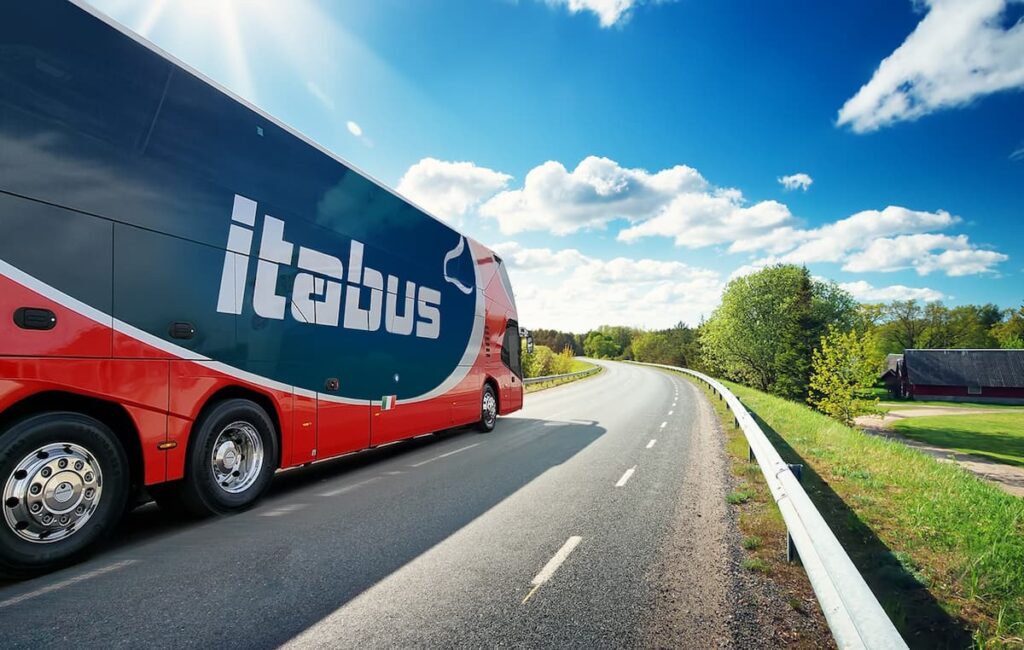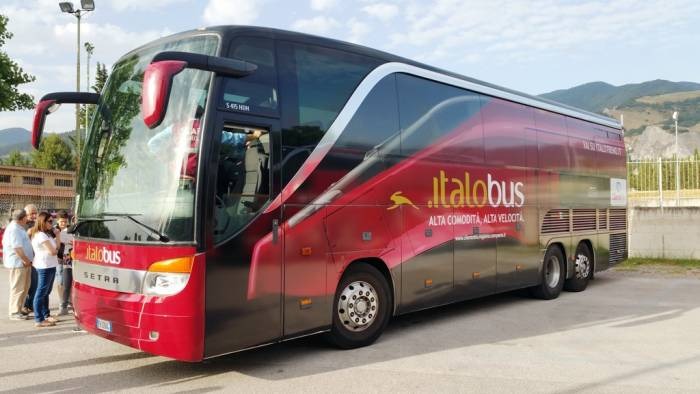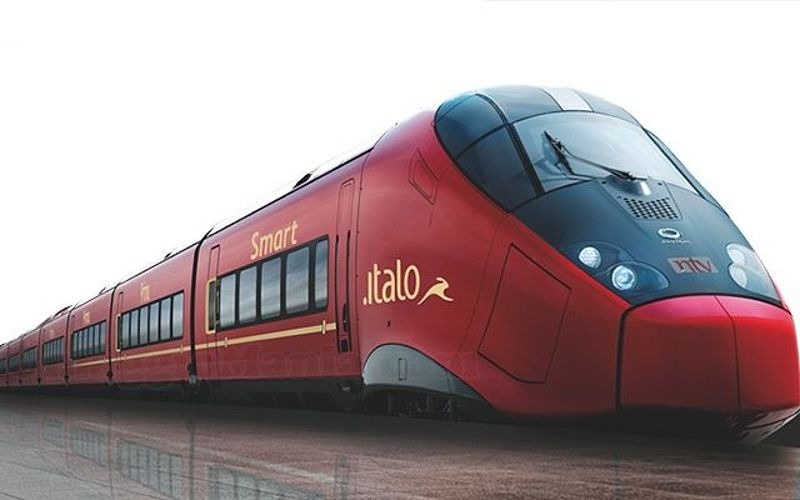In a world where time is precious and efficiency is key, modern travel solutions have increasingly embraced speed and technology to provide a seamless and quick experience. Among the most notable innovations in rail travel, Italo Treno stands out as a leader in Italy, offering one of the fastest and most reliable train services in the country. Known for its luxury, speed, and comfort, Italo Treno has revolutionized the way Italians and travelers from around the world move across the country.
If you’re looking to travel quickly and efficiently across Italy, there’s no better option than the high-speed Italo Treno network. Whether you’re traveling for business or leisure, understanding the factors that contribute to Italo Treno‘s speed will give you a clearer picture of why this service has become so popular. From cutting-edge trains to innovative infrastructure, let’s explore how Italo Treno delivers its remarkable speed and how it continues to set the standard for modern rail travel in Europe.
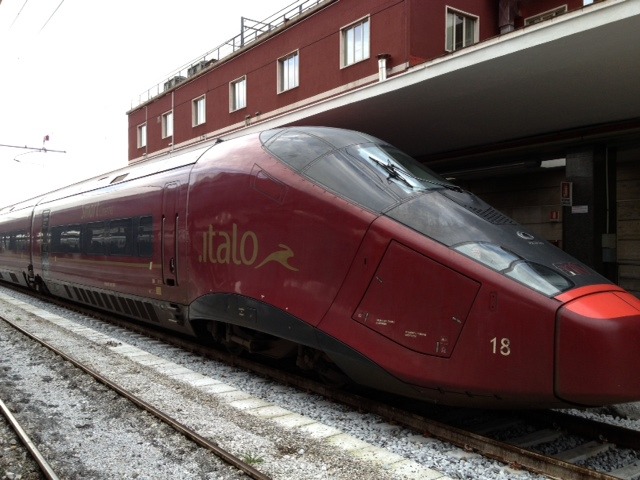
1. A Look at the Speed of Italo Treno
At the heart of Italo Treno’s impressive service lies its remarkable speed. The high-speed trains of Italo Treno are known to reach top speeds of up to 300 km/h (186 mph). This makes Italo Treno one of the fastest train services in Italy, offering passengers a quick and comfortable ride across the country.
These speeds allow passengers to cover long distances quickly, saving precious time compared to other forms of transportation. For example, a journey between Rome and Milan—one of the most common routes in Italy—can be completed in just 3 hours on an Italo Treno, compared to up to 7 hours by car or 7-8 hours on a traditional train. These time savings make Italo Treno the preferred option for business travelers and tourists alike who value both speed and comfort.
2. Italo Treno’s Train Models: The Backbone of Speed
The speed of Italo Treno trains can be attributed to their modern and highly efficient design. The fleet is composed of the AGV (Automotrice Gran Turismo) trains, which were developed by the Alstom company in collaboration with Italo Treno. These trains are designed for high-speed travel and are equipped with advanced aerodynamics that allow for optimal performance on Italy’s high-speed rail lines.
The AGV trains can reach speeds of up to 300 km/h (186 mph) on dedicated high-speed tracks. They feature cutting-edge technology, including active tilt systems that enable the trains to handle curves smoothly without sacrificing comfort. This ensures that passengers enjoy a fast and smooth ride, even on winding tracks. The efficiency of the AGV trains allows Italo Treno to reduce journey times significantly while maintaining high standards of safety and comfort.
In addition to speed, the AGV trains are designed to be environmentally friendly. They use less energy than older trains, which contributes to sustainability efforts, making Italo Treno a greener choice for travelers who care about the environment.

3. The Role of High-Speed Rail Lines
The remarkable speed of Italo Treno can only be achieved thanks to Italy’s extensive network of high-speed rail lines. These specialized tracks, known as the Ferrovia ad Alta Velocità (AV), are designed to accommodate fast trains, ensuring smooth and uninterrupted travel. Italo Treno operates on these dedicated high-speed lines, which are separated from traditional rail lines, allowing for higher speeds without interference from slower trains.
Italy’s high-speed rail lines have been continuously expanded and improved, especially in recent years. These improvements include better track construction, optimized signaling systems, and more efficient stations. As a result, Italo Treno is able to provide its passengers with reliable and fast services across various cities in Italy, including major destinations like Rome, Milan, Naples, Venice, and Turin.

4. Comparing Italo Treno’s Speed to Other Forms of Travel
When it comes to speed, Italo Treno holds a distinct advantage over other forms of transportation in Italy. Let’s take a look at how Italo Treno’s speed compares to other popular travel options:
Italo Treno vs. Car
While driving in Italy offers flexibility, it can also be a stressful experience, particularly on long-distance trips. Italy’s road infrastructure is often congested, and drivers must deal with traffic, roadworks, and tolls. Additionally, driving can take a toll on your energy and time.
In contrast, Italo Treno offers a direct, comfortable, and speedy journey between major cities, without the stress of traffic or parking. For example, the journey from Rome to Milan takes about 3 hours on Italo Treno, but the same trip by car can take up to 7 hours, depending on traffic conditions. Plus, with no need to worry about fuel, tolls, or navigation, Italo Treno is an ideal choice for travelers seeking to make the most of their time.
Italo Treno vs. Plane
When it comes to flying, air travel is often the fastest method for long-distance trips. However, when you factor in the time spent at airports, security checks, boarding, and travel to and from the airport, flying becomes less efficient for trips within Italy. Additionally, flight delays and cancellations can disrupt your travel plans.
In comparison, Italo Treno offers direct, punctual service between major Italian cities, without the hassle of airport security or lengthy check-in processes. The journey from Rome to Milan on a plane may take just over an hour, but by the time you factor in the time spent at the airport, the entire process may take over 3-4 hours. Italo Treno can often get you to your destination in the same time or even faster.
Italo Treno vs. Traditional Trains
Traditional trains in Italy, such as those operated by Trenitalia, are slower and less efficient than the high-speed Italo Treno network. While traditional trains may offer lower fares, they can take considerably longer to travel between major cities. For instance, the journey from Rome to Milan on a standard train can take up to 7-8 hours, whereas Italo Treno reduces the travel time to just 3 hours.
5. The Future of Italo Treno and High-Speed Travel
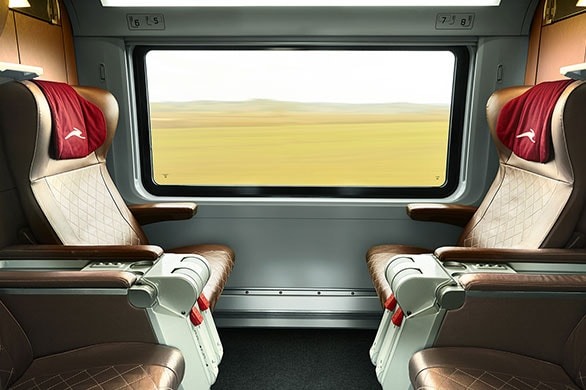
As Italo Treno continues to grow and expand its services, the company has ambitious plans for the future. The goal is to further enhance the speed, comfort, and accessibility of train travel in Italy. With new innovations in train design, infrastructure, and service, Italo Treno aims to continue setting the standard for high-speed rail travel in Europe.
In the coming years, we can expect to see even faster trains, new high-speed rail lines, and an expanded network of routes across Italy and potentially into neighboring countries. As demand for sustainable and efficient travel options grows, Italo Treno will undoubtedly play a key role in shaping the future of European transportation.
6. A Fast, Comfortable, and Reliable Travel Experience
In conclusion, the speed of Italo Treno has transformed the way people travel across Italy. With cutting-edge technology, modern high-speed trains, and Italy’s world-class rail infrastructure, Italo Treno provides a fast, reliable, and comfortable option for travelers seeking to explore the country. Whether you’re heading to Milan for a business meeting or embarking on a scenic journey through Italy’s cities

